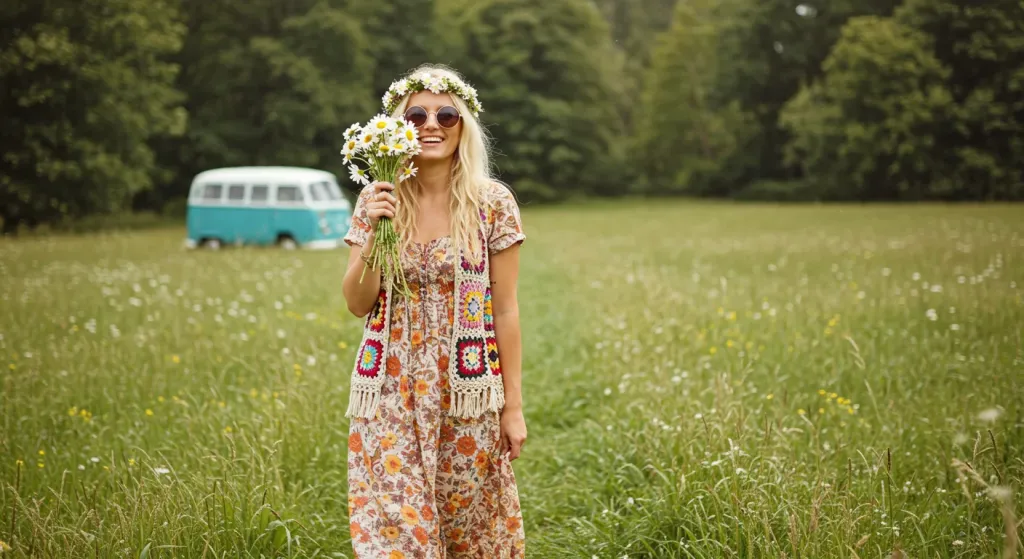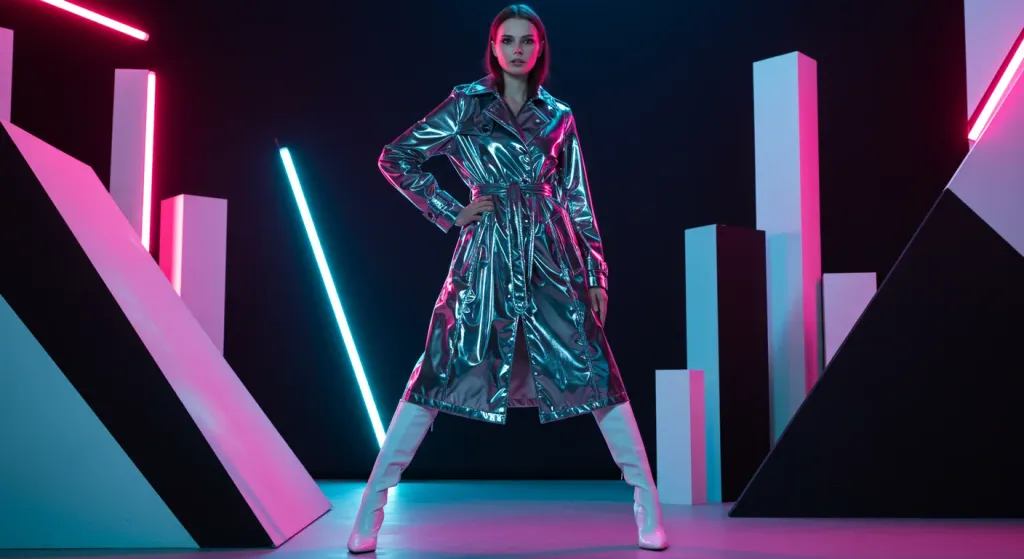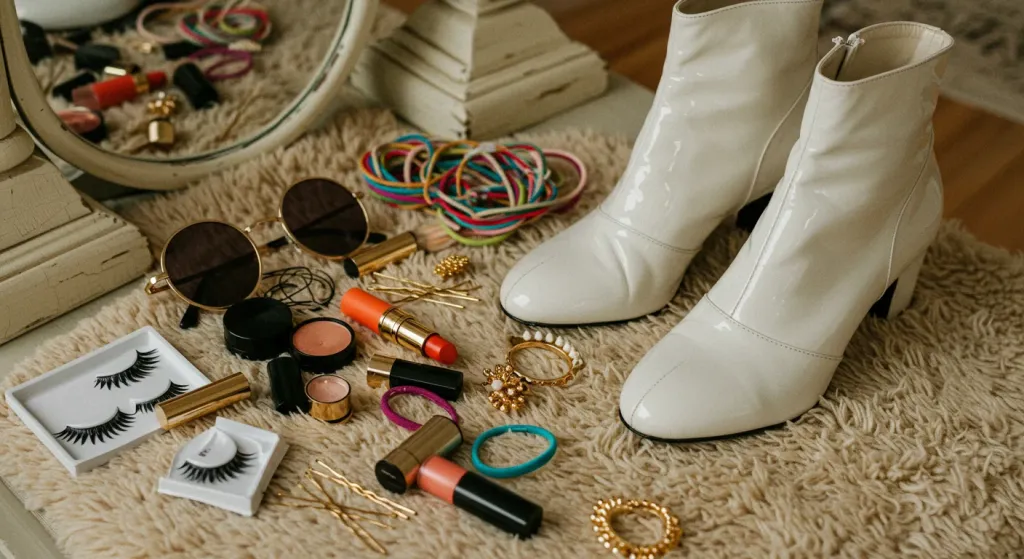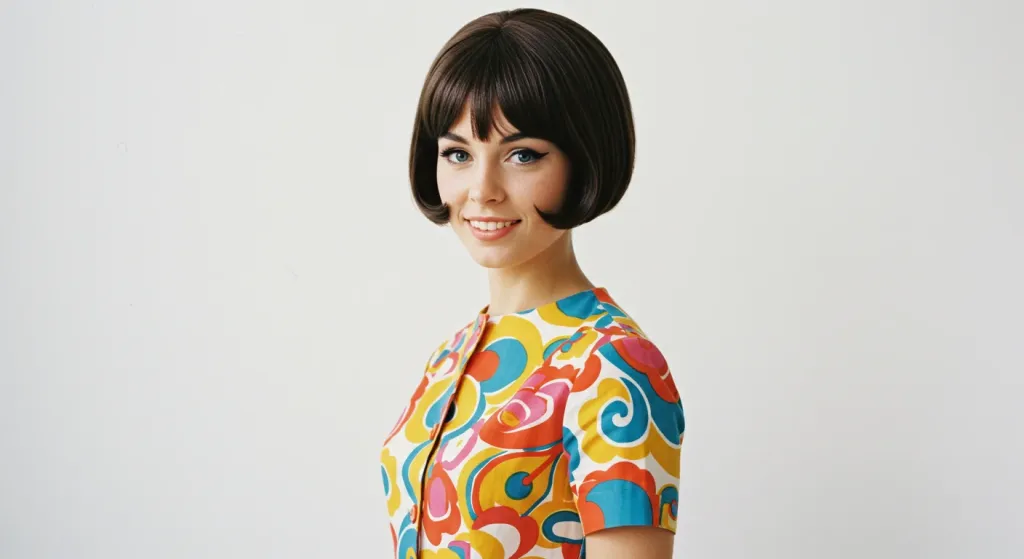The Mod Movement: Youthful Rebellion and Bold Geometry
The 1960s mod subculture, born in London, championed sleek, futuristic designs. Miniskirts—popularized by designer Mary Quant—symbolized liberation, paired with shift dresses and geometric patterns. Men adopted tailored suits with narrow lapels and Chelsea boots, while Op Art prints and PVC materials embraced a space-age aesthetic. This trend mirrored the era’s optimism and rejection of 1950s conservatism.

Hippie Counterculture: Bohemian Freedom and Ethnic Influences
By the late ’60s, the hippie movement rejected mainstream norms with flowing maxi dresses, bell-bottom jeans, and tie-dye. Inspired by global cultures, clothing featured embroidery, fringe, and batik prints. Accessories like headbands, beaded necklaces, and peace sign pendants became symbols of unity and anti-war sentiment. Music festivals like Woodstock cemented this earthy, free-spirited style.

Space Age Futurism: Metallics and Synthetic Fabrics
The Space Race inspired designers like André Courrèges and Paco Rabanne to experiment with metallics, vinyl, and plastic. Silver mini dresses, astronaut-style goggles, and thigh-high boots evoked a futuristic vision. Clean lines, A-line silhouettes, and stark white hues contrasted with bold color-blocking, creating a minimalist yet avant-garde look.

Accessories: From Go-Go Boots to Oversized Sunglasses
Accessories defined ’60s flair. Women donned knee-high go-go boots, pillbox hats, and chunky plastic jewelry. Oversized sunglasses with colored lenses and abstract frames complemented bold makeup—think Twiggy’s spiky lashes and pale lips. Men embraced silk scarves and turtlenecks, blending mod sophistication with casual cool.

Legacy: The ’60s in Modern Fashion
The 1960s remain a touchstone for designers, with revivals of shift dresses, fringe, and mod prints. Its ethos of individuality and experimentation resonates in today’s streetwear and sustainable fashion movements. The decade proved clothing could be both a political statement and a canvas for creativity.

The 1960s didn’t just dress bodies—they dressed minds, challenging norms and celebrating freedom through every stitch.

